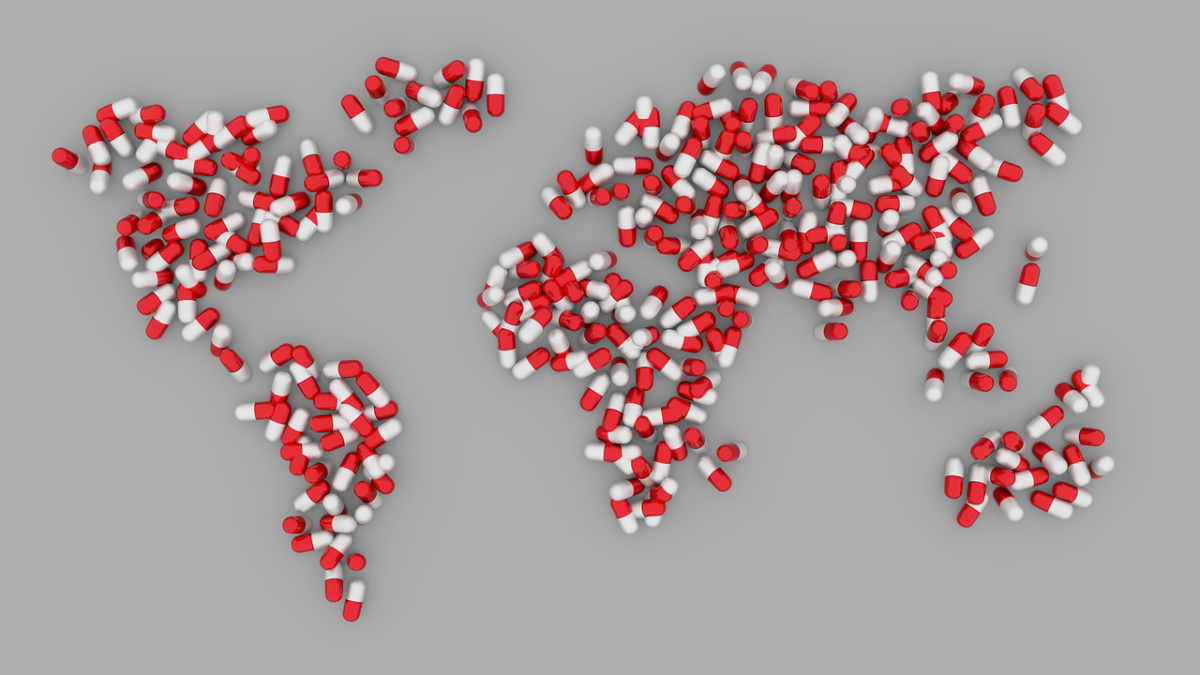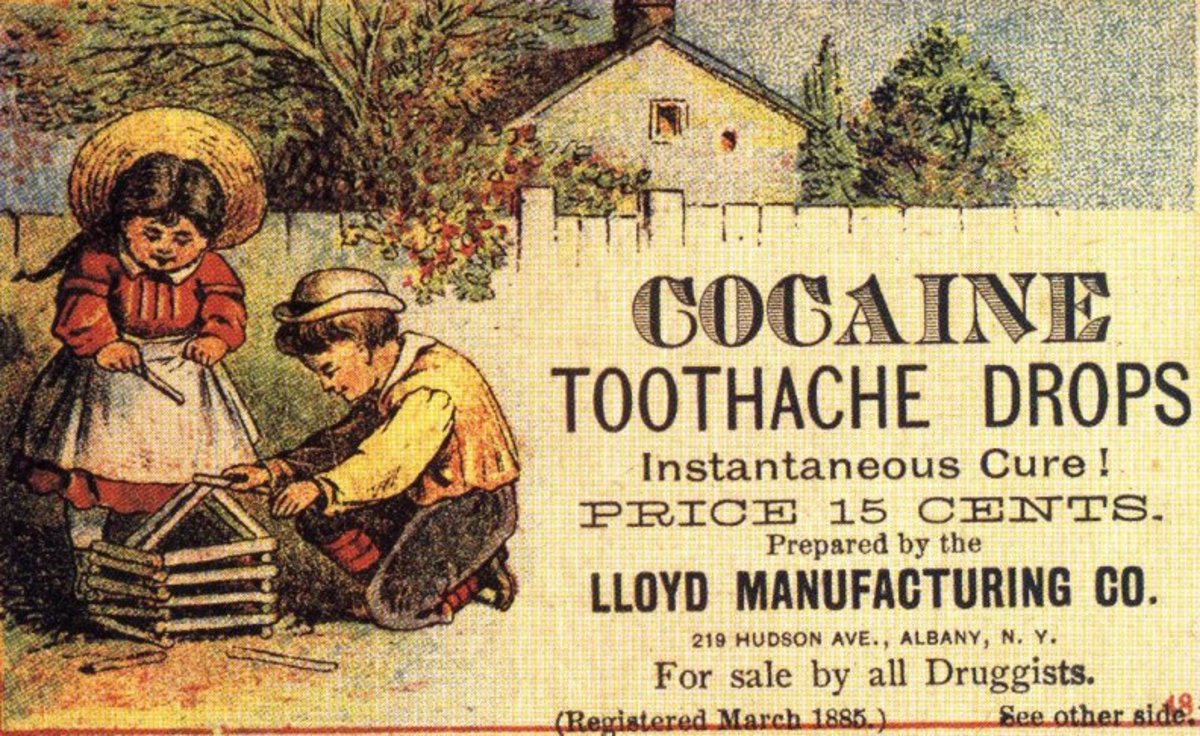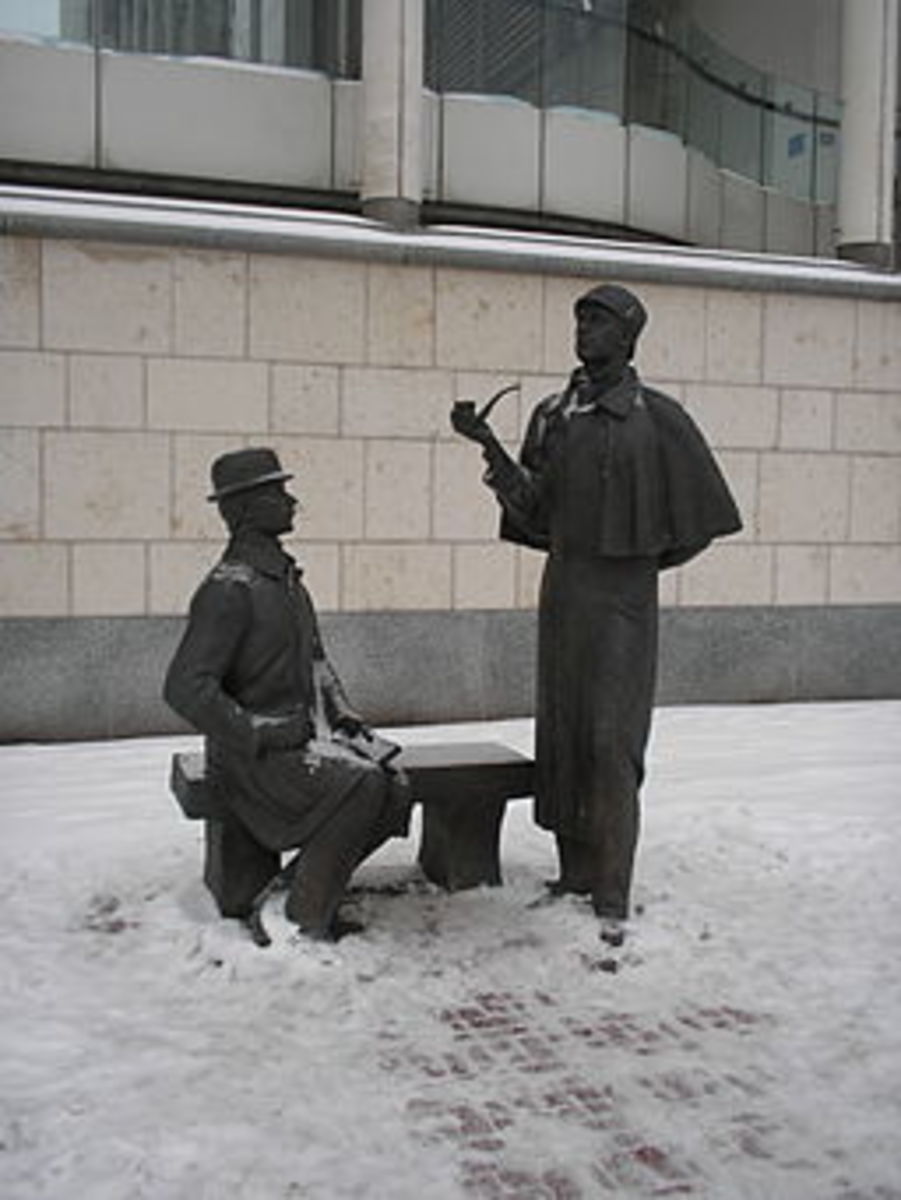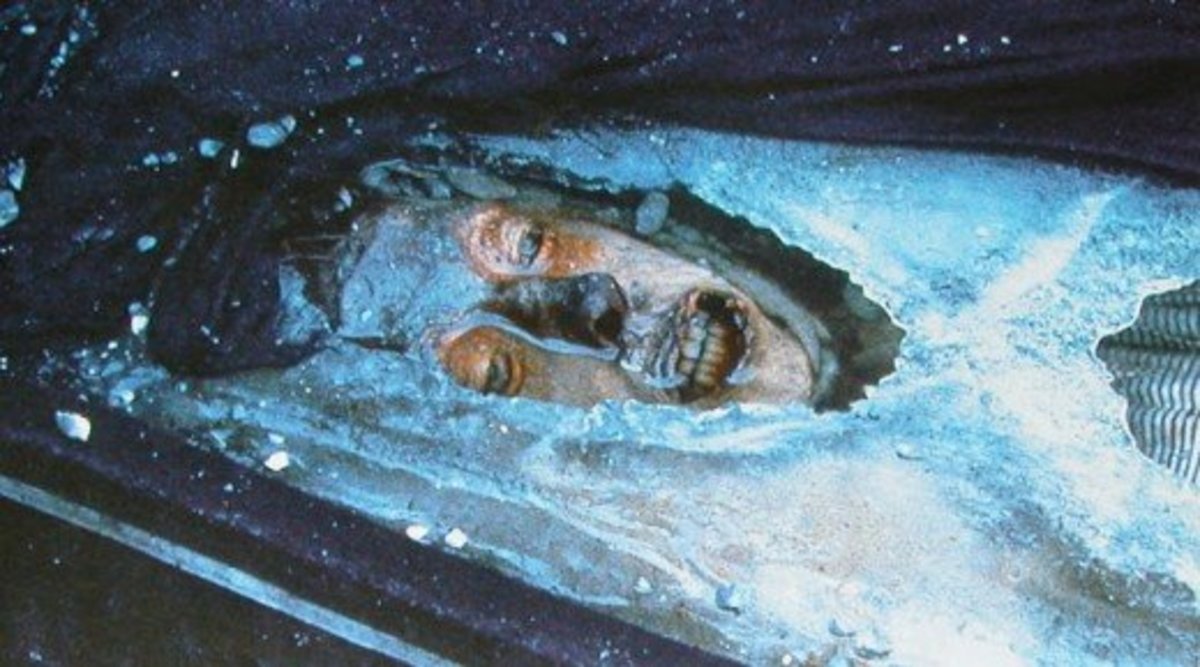The History of Drugs
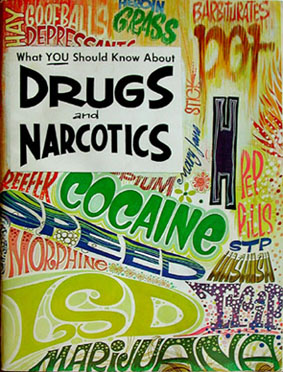
The History of Drugs
Drugs have not always been illegal. Some drugs were even advertised as being safe, even for small children. Drugs have played a part in almost every culture around the world for thousands of years including alcohol, marijuana, tobacco, opium, and many more. What today's society has decided to label as drugs is actually some of the oldest medicines used and recorded. Drugs are what I would consider man made, pharmaceuticals.... now one of the leading causing of death in the world. Man made drugs are much more dangerous and have a much shorter history than the "drugs" I am about to describe.
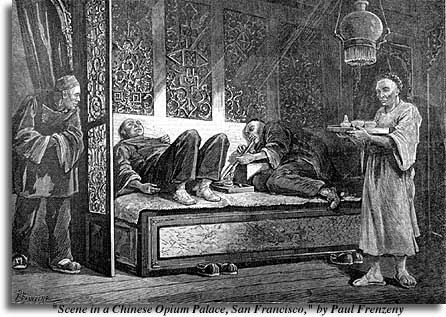
OPIUM
Opium is dried latex (sap-like fluid) which is extracted from the opium poppy plant. It is the source of many opiates, including morphine and codeine. The USA is the world's biggest consumer of prescription opioids.The use of opium dates back to the New Stone Age (first known cultivation - 3400 B.C.). It was widely used for food, anesthesia, and ritual purposes by cultures such as the Sumerians, Assyrians, Egyptians, Minoans, Greeks, Romans, Persians and Arab Empires. China's recreation use of the drug began in the 15th century. Opium prohibition in China began in 1729, but was followed by nearly two centuries of increasing opium use. Opium didn't become prohibited in many other countries until the early 20th century. Opium was used during the American Civil War until it was replaced by morphine.
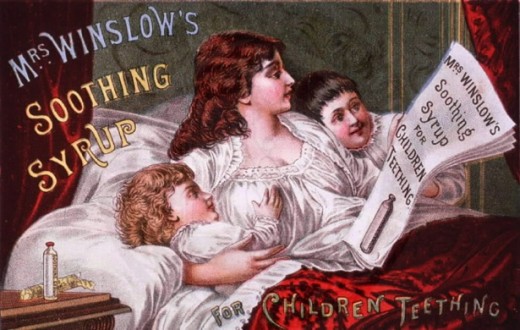
MORPHINE
Morphine is a potent opiate analgesic psychoactive drug and is considered to be the prototypical opioid. Morphine was discovered as the first active alkaloid extracted from the opium poppy plant in 1804 in Germany by Friedrich Sertürner. The drug was first marketed to the general public by Sertürner and Company in 1817 as an analgesic, and also as a treatment for opium and alcohol addiction. Later it was found that morphine was more addictive than either alcohol or opium, and its extensive use during the American Civil War resulted in over 400,000 soldiers addicted to morphine aka the "soldier's disease". Morphine became a controlled substance by 1914, but today it is prescribed to millions of people for pain. In 1874, heroin was synthesized from morphine and brought to market by Bayer in 1898.
Do you think drugs should be legalized and regulated?
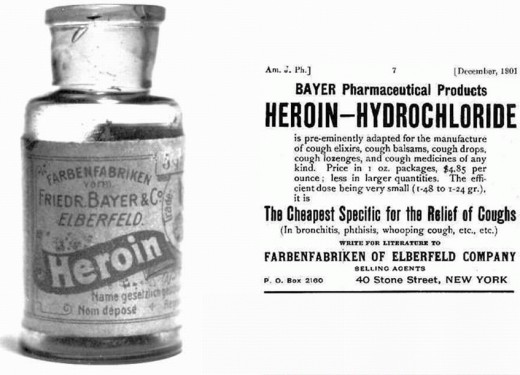
HEROIN
Heroin is a semi-synthetic opioid drug synthesized from morphine. Heroin was developed by the German drug company Bayer in 1895. It was developed as a morphine substitute for cough suppressants that did not have morphine's addictive side-effects. Morphine at the time was a popular recreational drug, and Bayer wished to find a similar but non-addictive substitute to market. However, heroin would soon have one of the highest rates of dependence among its users. According to Wikipedia "Under the name diamorphine, it is a legally prescribed controlled drug in the United Kingdom. It is available for prescription to long-term users in the Netherlands, United Kingdom, Switzerland, Germany and Denmark alongside psycho-social care, and a similar program is being campaigned for by liberal political parties in Norway." In 1914, heroin was banned in the United States without a prescription. In 1924, the production, sale, possession, and prescription of heroin was outlawed altogether.
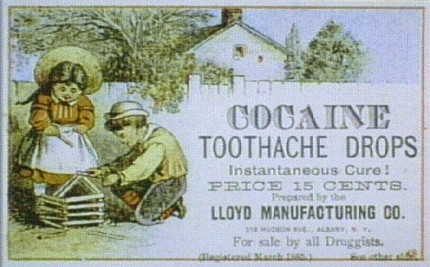
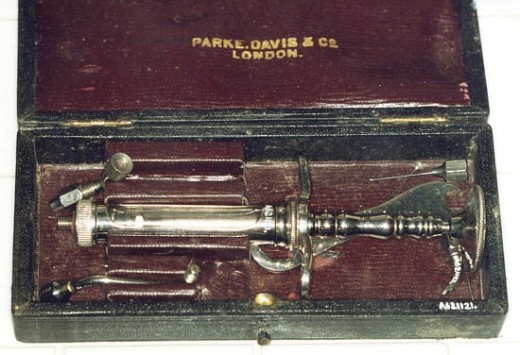
COCAINE
Cocaine is a alkaloid that is obtained from the leaves of the coca plant. South American indigenous cultures have chewed the coca leaf for it's vital nutrients and numerous alkaloids. The cocaine alkaloid had not been isolated from the coca plant until 1855 by the German chemist Friedrich Gaedcke. In 1859, an Italian doctor, Paolo Mantegazza declared coca and cocaine as being useful medicinally, in the treatment of “a furred tongue in the morning, flatulence, and whitening of the teeth.” In 1863, a chemist named Angelo Mariani started marketing a wine called Vin Mariani, which had been treated with coca leaves. The original 1886 recipe for Coca-Cola had an unknown amount of coca leaves until 1906 when the company began using decocainized leaves. In 1879, cocaine began to be used to treat morphine addiction. In 1885 the U.S. manufacturer Parke-Davis sold cocaine in various forms, including cigarettes, powder, and even a cocaine mixture that could be injected directly into the user’s veins with the needle included. In early 20th-century cocaine was sold in neighborhood drugstores in Memphis, TN costing five or ten cents for a small boxful. Cocaine is the second most popular illegal recreational drug in the U.S., and the U.S. is the world's largest consumer. The possession, cultivation, and distribution of cocaine have been illegal for non-medicinal and non-government sanctioned purposes in the United States since 1914.

AMPHETAMINES
Amphetamine is a psychoactive drug chemically related to methamphetamine, otherwise known as "speed". Amphetamine was first synthesized in 1887 by a Romanian chemist in Berlin, Germany. The related compound methamphetamine was first synthesized from ephedrine in Japan in 1918. In 1932, amphetamine was marketed as Benzedrine in an over-the-counter inhaler to treat nasal congestion. By 1937, amphetamine was available by prescription in tablet form. Amphetamines were widely used on American and German soldiers during World War II and during the Vietnam War. In 1965, all amphetamines became illegal in the U.S. unless a person had a doctors prescription. In 1970, The Controlled Substances Act severely restricted the legal production of injectable methamphetamine.
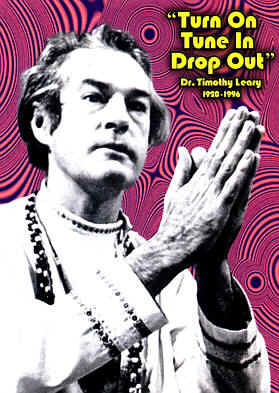
LSD
LSD (short for lysergic acid diethylamide) is a psychedelic drug of the ergoline family. LSD was first synthesized in 1938 from a grain fungus known as ergot that typically grows on rye. LSD was used in 1947 for various psychiatric uses and showed "great promise". In the 1960’s two Harvard professors called Timothy Leary and Richard Alpert began extensive self-experimentation and began to advocate the use of LSD as means of self-exploration. LSD was made illegal in 1966. According to Wilkipedia, "A number of organizations—including the Beckley Foundation, MAPS, Heffter Research Institute and the Albert Hofmann Foundation—exist to fund, encourage, and coordinate research into its medicinal and spiritual uses."
Have you ever had a psychedelic experience?
Do you consume cannabis more than once a month?
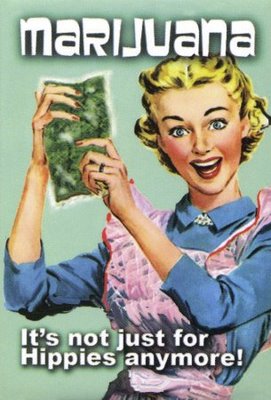
MARIJUANA
Marijuana comes from the plant cannabis sativa. Cannabis is an annual flowering herb. It grows as weed and cultivated plant all over the world in a variety of climates and soils. According to the Wikipedia, there are various types of Cannabis that can be described and classified as species, subspecies, or varieties:
- plants cultivated for fiber and seed production, described as low-intoxicant, non-drug, or fiber types.
- plants cultivated for drug production, described as high-intoxicant or drug types.
- escaped or wild forms of either of the above types.
In 6000 B.C. cannabis seeds were used in food in China. In 2727 B.C. cannabis was recorded as being used in Chinese medicine. In every part of the world humankind has used cannabis for a wide variety of health problems. In 1500 B.C. China began cultivating cannabis for food, fiber, and to weave clothing. By 100 B.C. hemp had spread throughout northern Europe. George Washington grew hemp as his primary crop in 1797. Thomas Jefferson grew hemp as a secondary crop. In 1840, medicines with a cannabis base were available in U.S. pharmacies. In 1908, Henry Ford made his first Model T with hemp plastic, and it was fueled with hemp ethanol. Prohibitions of cannabis as a drug arose in many states from 1906 and onward. By the mid-1930s, cannabis as a drug was regulated in every state by laws. It is believed that marijuana was smoke by many Hispanics who brought it from Mexico. It was given the name "loco weed". It was a racist political decision to criminalize marijuana, and the trend spread across the country. Starting in the 1970s, multiple states, counties, and cities decriminalized cannabis for non-medical purposes. Many states, counties, and cities have partially decriminalized cannabis. Since 2013, 40% of the US has become medical marijuana states. Two states, Colorado and Washington, passed laws to allow legal recreational marijuana smoking. The National Cancer Institute, as well as many other credible sources are admitting marijuana studies have proving to fight and treat cancers, shrink tumors, and it overall good for your help and the economy.
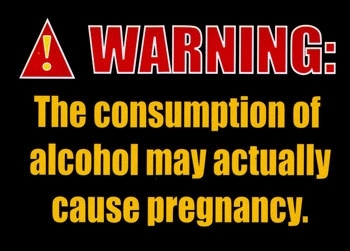
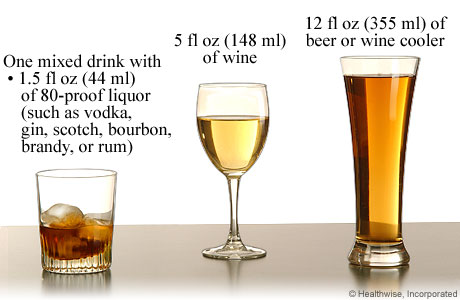
ALCOHOL
Alcohol is a psychoactive drug that has been used since the Stone Age. Alcoholic beverages are divided into three general classes: beers, wines, and spirits (like whiskey). The earliest evidence of beer and wine making was recorded in 6000 to 5000 B.C. Exactly where wine was first made is still unclear. Spirits were first recorded in Mesopotamia around 1100 B.C. At which time, spirits were being used in for medicinal purposes and perfumes. It is believed that monks from the Kingdom of Ireland invented whiskey. In Egypt around 1600 B.C beer was used in almost 100 medical prescriptions. In 1880, there were over 2,000 breweries in the United States. Prohibition over alcoholic beverages began in the early 20th century. Early laws began prohibited the sale of alcohol on Sundays. The United States proposed the 18th amendment in 1917. In 1920 the amendment was passed, although some states had already started passing their own laws prohibiting alcohol. In 1933, President Roosevelt signed a law allowing the manufacture and sale of certain kinds of alcoholic beverages.
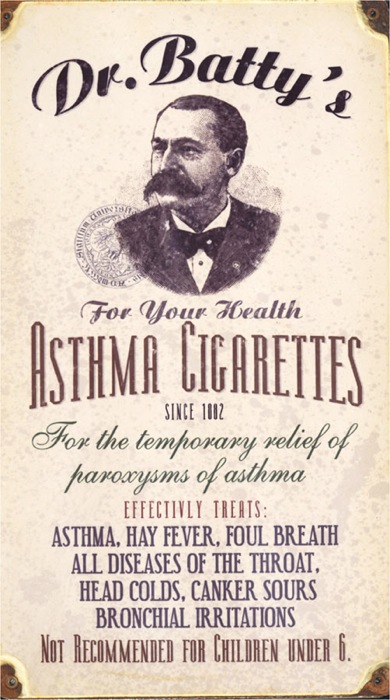
TOBACCO
Tobacco is an agricultural product processed from the leaves of plants in the genus Nicotiana. Tobacco has been growing in the Americas since 6000 B.C. During 1830s, cigarettes reached France, where its name was born. The United States first started manufacturing cigarettes in 1868. All 50 states had laws banning sales to minors by 1950. The first filtered cigarettes were created in 1954. Tobacco has been attacked for the damages it has done to the physical condition of man, but it has provided a substantial source of revenue to the state and Federal governments of the United States. As is now the case with alcohol, tobacco has long been subject to regulatory controls over the quantity and quality of production. In 1964, the year of the Surgeon General’s first warning regarding smoking, 52 percent of all men of presumed smoking age were regular smokers. By the late 70's and early 80's public places such as airplanes, schools, and movie theaters started going "smoke free". Now it is becoming very unpopular to smoke, and entire cities are becoming smoke free.
LEGALIZE
Because these original main drugs of choice have been made illegal over time, now we have synthetic drugs like bath salts and what young kids refer to as drugs but unfortunately have no idea what trash they are having to buy unregulated, dirty, dangerous, and constantly demanded and supplied.


